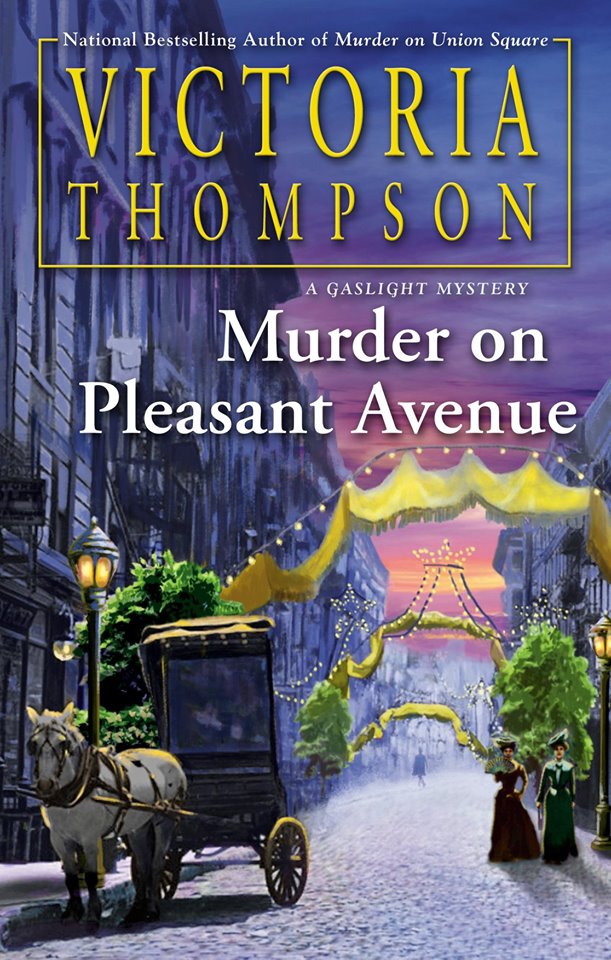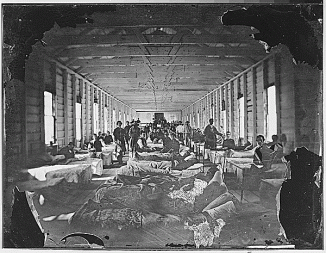
Victoria Thompson is the popular author of twenty-two romance novels, the historical Gaslight Mystery series (twenty-two books and counting), and the Counterfeit Lady novels (Book 3 coming out soon).
I have to brag that I’ve know Vicki since 1982. When my second child was born, she was my La Leche League leader. Soon afterward, she started a Bible study group for young mothers, and she was instrumental in leading me back to the Lord.
She was also the first person I’d ever known to actually have a book published.
Vicki graciously agreed to be interviewed for ARHtistic License.
What was your undergraduate major?
VT: English/Secondary Education; I like to say I’m a retired teacher—I taught one year and retired! This was in a public Middle School in 1970.
You teach writing popular fiction in the Masters program at Seton Hill University. How did that come about?
VT: I was invited to teach in the program when it was just getting started in 2000. A writer friend recommended me.
I’ve heard your books characterized as “cozy” mysteries. What constitutes a cozy?
VT: A “cozy” or traditional mystery is defined as a subgenre of crime fiction in which sex and violence are downplayed or treated humorously, and the crime and detection take place in a small, socially intimate community. That doesn’t mean a small town, necessarily, although many traditional mysteries are set in small towns. It just means the group of suspects are members of a small social community, i.e. friends, family members, members of a church or club, etc.

Are you a plotter or a pantser?
VT: Yes. My process is actually somewhere in the middle. I come up with my victim and the cast of suspects before I start writing, but I have no idea who the killer is or what exactly will happen, so I just wing it from there.
Why historical fiction?
VT: I love history and I love exploring how human nature has not really changed ever. The technology is different, but people are not. They are still concerned about the same things now as they were a hundred years ago. I have tried writing contemporary novels, but they just never quite click, for some reason. I think I just have a naturally historical voice and sensibility.
How do you do your research?
VT: I have three sets of bookshelves full of reference books in my office that I consult, but it’s also very easy to use Google for things as well. I don’t even have to get out of my chair! Google will often lead me to a specific reference book and if it’s not available any other way, I’ll get it from the library or inter-library loan.

How long does it take you to write a book?
VT: Around 6 months, including research and “thinking.”
What is the most fun part of writing a book?
VT: Getting to that point in the book where you realize you’ve got all the clues in place, you know who the killer is and why they did it and all you have to do is write it up so others can read it. For me, this usually happens around 2/3-3/4 of the way through the manuscript.
Who is your agent, and how did you connect?
VT: My agent is Nancy Yost. We have been together about 25 years (neither of us remembers exactly when she took me on). She was originally my editor for two books I wrote for Avon. I had just hired a new agent when she told me she was leaving Avon to become an agent. Two years later, I fired that agent and went with Nancy.

Victoria Thompson
What is something about your books or about yourself that you wish your readers knew?
VT: I have very little control over the cover art (I do get to approve it or suggest changes), and no control at all over when or how often the books are published and how much they cost. Also, I’d love to write 12 books a year, to keep my fans happy, but that’s physically impossible.























